Formula 1 is not only always looking at the safety of the sport but is also looking at how to make the sport more interesting, all while pushing the issue of sustainability.
With the latter two aspects in mind, the idea of allowing drivers to use all three different tyre compounds during qualifying was presented. This season, the setup was tried out during the Hungarian and Italian Grands Prix: Hard in Q1, Medium in Q2 and Soft in Q3. That experiment seems to have been successful. Therefore, the sport wants to make it a permanent rule.
Some of the paddock seem enthusiastic about the qualifying rule, not only because it gives an extra element to qualifying, but mainly because it is good for the sustainability of the sport. A final decision will be made during the upcoming F1 Commission meeting set for the Abu Dhabi Grand Prix.
Teams are usually given 13 sets of dry-weather tyres per car, per Grand Prix weekend. With the new qualifying format, this number would be reduced to 11 sets. That will easily save 40 sets of tyres during a weekend, or 3840 tyres per season [24 races]. A cost-saving measure, but also a good sign for sustainability, as it means Pirelli can send fewer tyres around the world.
In the following table, you can see how many tyres will be used in the desired new system, compared to the current setup. The article continues below.
A normal race weekend
| Current scenario (13 sets) | Desired new scenario (11 sets). |
|---|---|
| After FP1 the drivers have to hand in two sets | After FP1 the drivers have to hand in one set |
| After FP2 the drivers have to hand in two sets | After FP2 the drivers have to hand in two sets |
| After FP3, drivers have to hand in two sets. | After FP3, drivers have to hand in two sets. |
| Drivers keep seven sets for qualifying and race | Drivers keep six sets for qualifying and race |
In the current setup, drivers will each have seven sets remaining for qualifying and the race. These numbers will only change in the new setup, assuming a "normal race weekend" is in progress and not a Sprint weekend. Because drivers will start the weekend with 11 sets in the new setup, they will have six sets left after three free practice sessions - just enough to run qualifying and race on two sets of Hards, two sets of Mediums and two sets of Softs.
This saves tyres and still provides a clear overview of what is going on in qualifying. Even for the fan who does not follow all the practice sessions and races, the system seems to look orderly. However, it is true that qualifying in this form loses some of its charm in that the session should be about absolute speed. A driver wants to complete his fast lap on the fastest tyre at all times. That is not going to work under the proposed changes because only the drivers who end up in the Q3 section can use the Softest tires.
On the other hand, there will be an additional element for drivers and teams to adjust the car as best they can for the different compounds that are mandatory to use. This can be an advantage or a disadvantage for some teams, as they may perform better on Hards compared to other teams. For example, we saw in Hungary that George Russell had a very difficult time on the Hards when he was obliged to run on them in Q1, eventually being eliminated.
Sustainability
For Formula 1 and Pirelli, it is important that a step is taken in terms of sustainability. The new set-up would ensure that forty sets of tyres would be saved each weekend, which on an annual basis would mean that Pirelli would have to send 960 sets or 3840 fewer tyres around the world. A huge saving, which fits perfectly with Formula 1's strategy to make the sport more sustainable.
The drivers, however, are not yet so enthusiastic about the possible set-up for 2024. During the race weekends in Hungary and Monza, several drivers spoke out against the rules tried out during those races. Similarly, during the Hungarian Grand Prix, three-time world champion Max Verstappen let it be known that he was not a fan of the proposals: "Totally rubbish," he said at the time.
"That's how I feel about it. Worthless. You just can't use enough tires during free practice. You don't actually need an hour for practice either. On Friday I also said to my engineer: 'Let's just wait 15 minutes, because I only have one set of tyres anyway,' so you can't do much at all.
"As a result, people see a lot less. As a driver, you just want to keep the tyres for qualifying and the race, because that's the most important thing."
"If you use everything in free practice, then of course you don't have any tyres left in the race. So everyone tries to be as economical as possible on the tyres and those practice sessions are obviously for using at least two sets of tyres. Sometimes they like to make it difficult. And this set-up I think is really ridiculous, but yes, we have to put up with it and they figure it out."
At the moment, it is not yet certain whether the new rules will actually be fixed for next season. More clarity on this will come during or after the Abu Dhabi Grand Prix.
Don't miss out on any of the Formula 1 action thanks to this handy 2026 F1 calendar that can be easily loaded into your smartphone or PC.
Download the calenderMost read
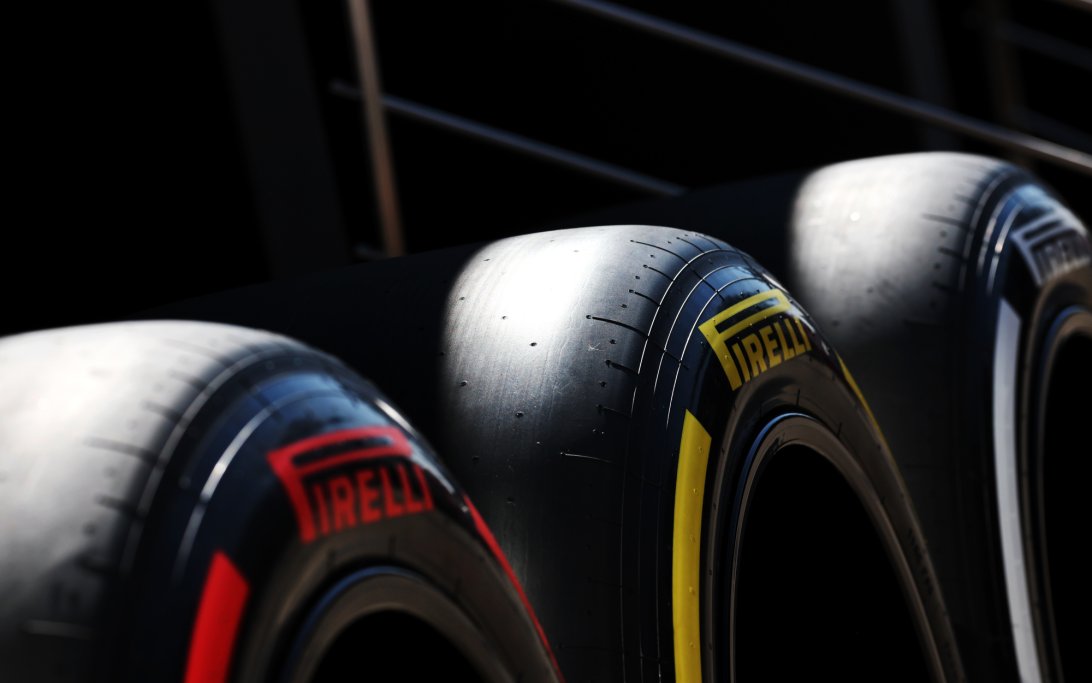
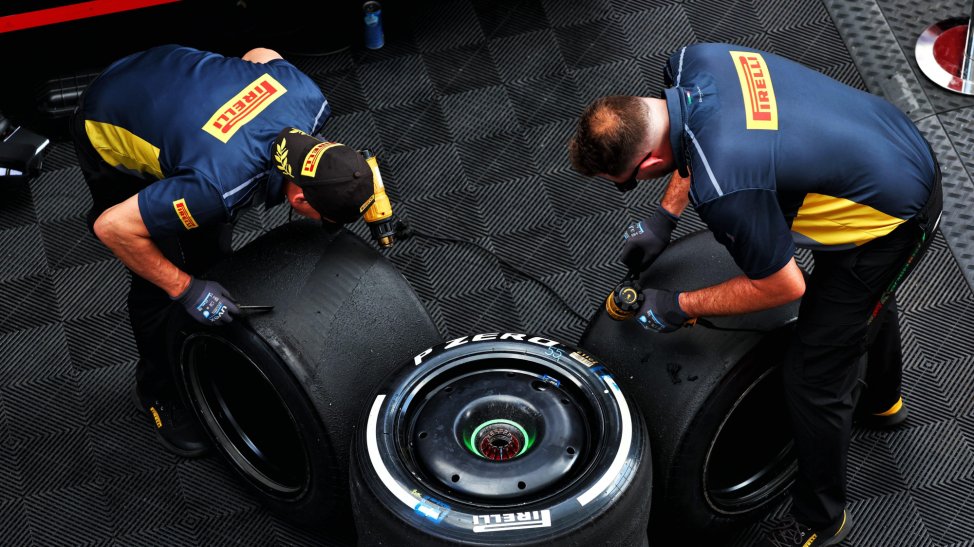
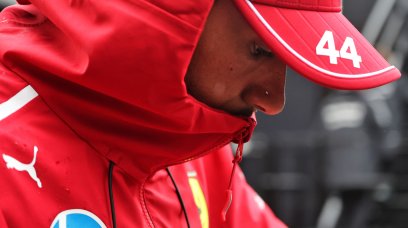

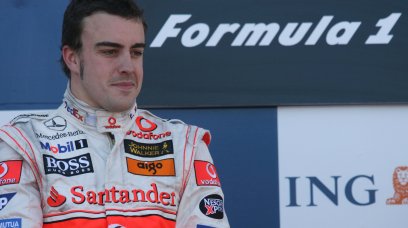
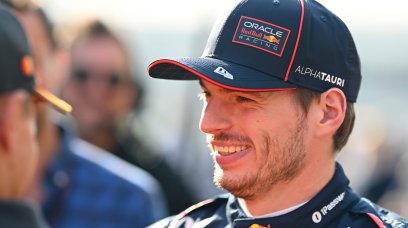

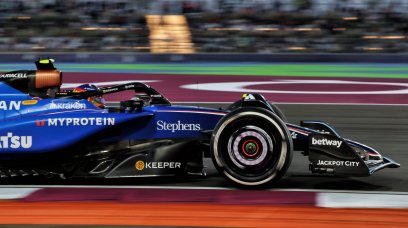
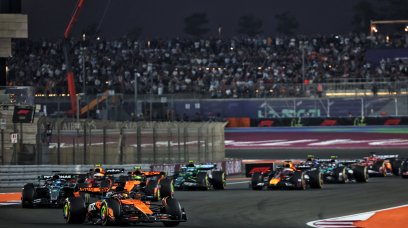
Join the conversation!